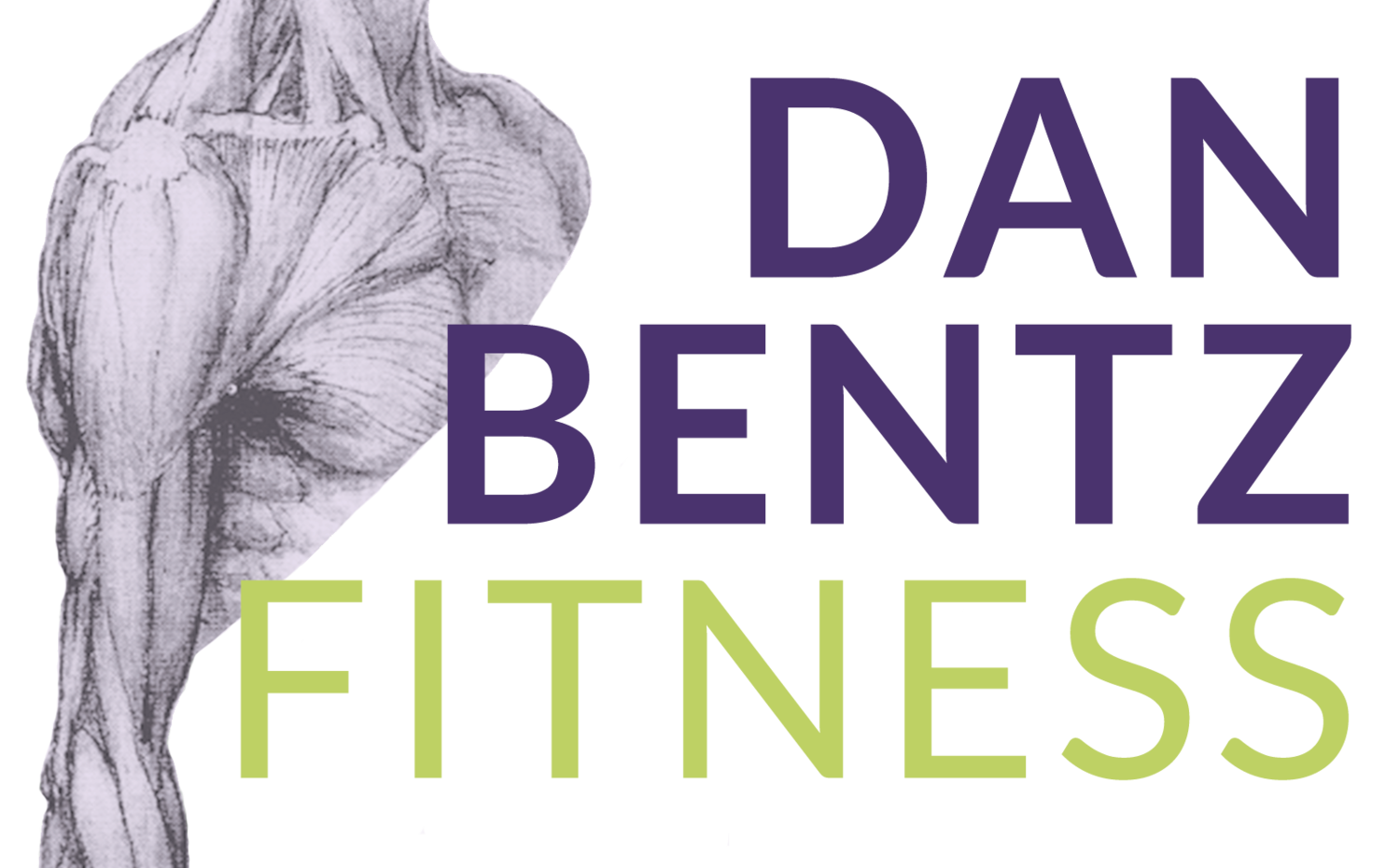“It is historical continuity that maintains most assumptions–not repeated assessment of their validity.”
When I was in college studying exercise and sports science, and even nowadays at certain continuing education seminars, the terms primary and secondary movers are thrown around referencing muscles and their actions. I overheard a trainer the other day citing these terms with a client, so it got me thinking: it was only through the Resistance Training Specialist program, which emphasizes science, mechanics, and physical application, that I came to realize that primary vs. secondary movers is really an inaccurate description of muscles and their actions.
Primary, by definition, means first in importance, degree, or rank, while secondary means below the first in rank, or not as important. These definitions make sense, but not when they pertain to the muscles of the human body. First off, we cannot isolate a muscle. We can focus on isolating a joint position, but we cannot isolate a single muscle because there’s always going to be more than one muscle involved whether it’s trying to help or prevent motion. Muscles do one thing: they pull two attachment points together by generating force. The human body is designed for efficiency, which is why our muscles work in synergy. Whether they are helping motion or opposing it, this is still a synergistic effort around a joint axis. Because muscles work in synergy, they do not out rank one another. If you were able to take away one muscle from the effort or action you are trying to produce, you would not be able to perform that action—simple as that. Or your body would have to greatly compensate to even get close to attaining the desired outcome.
I’ve come to realize that no single muscle is more or less important than another. Our actions produce a concerted effort around the involved joints. Why do we have to put a label on everything? There are many terms and myths in the fitness industry that the general population and (unfortunately) “experts and professionals” misinterpret. But when you really stop and think about it, does it still make sense? As a fitness professional, I’ve come to the understanding that I must question and rethink everything. That’s the only way I’ll be satisfied. I will not accept something someone else tells me unless I am certain of it myself.
